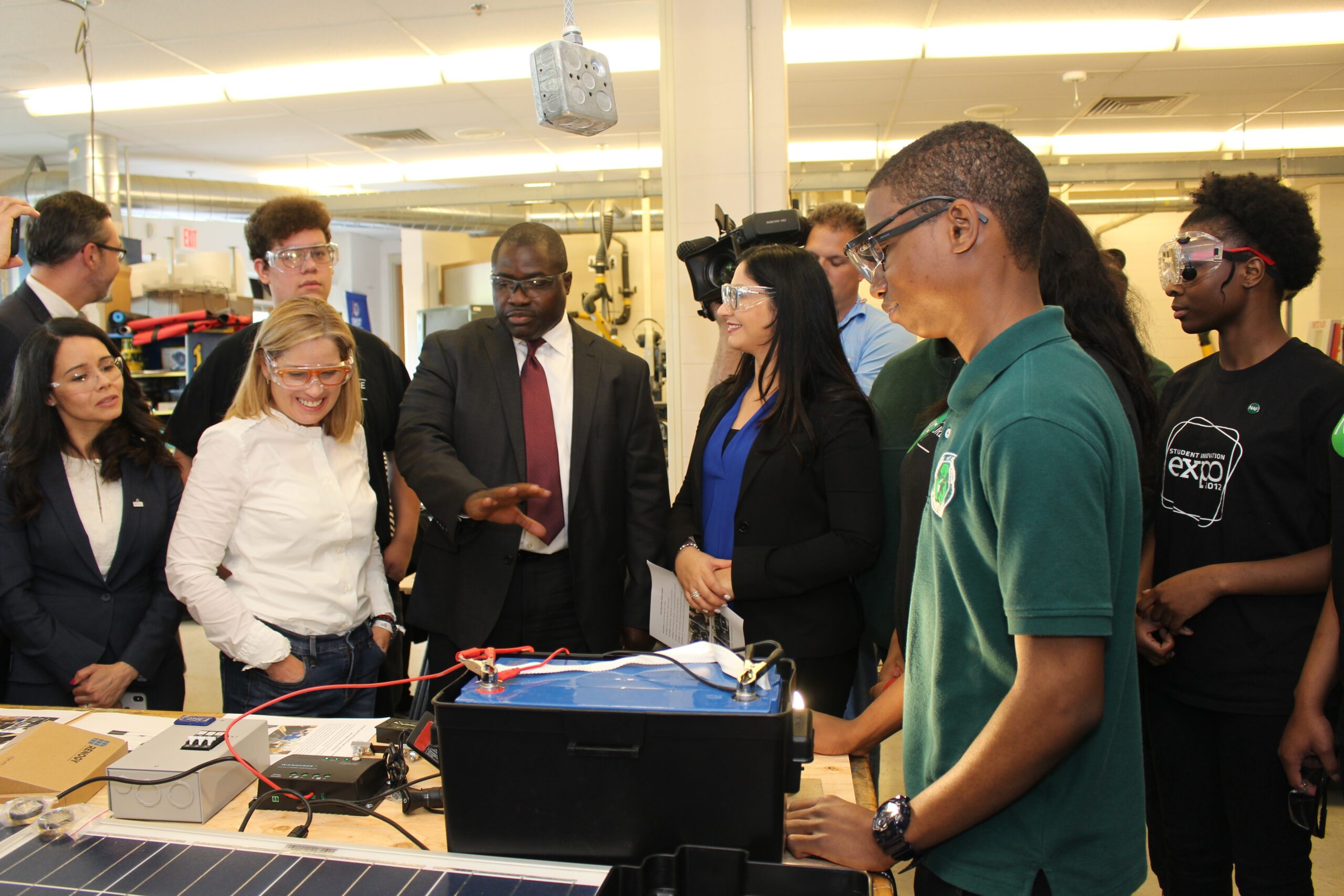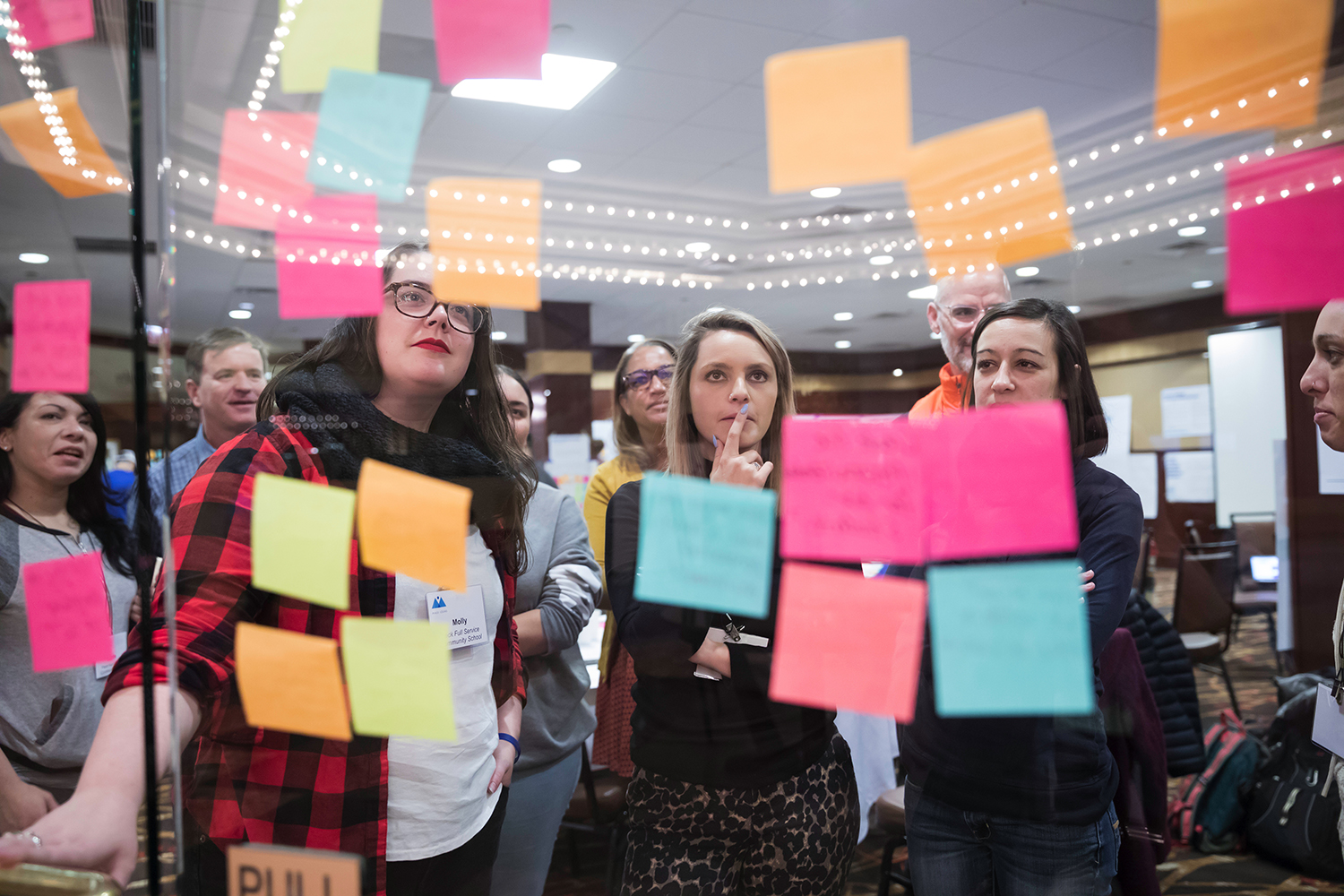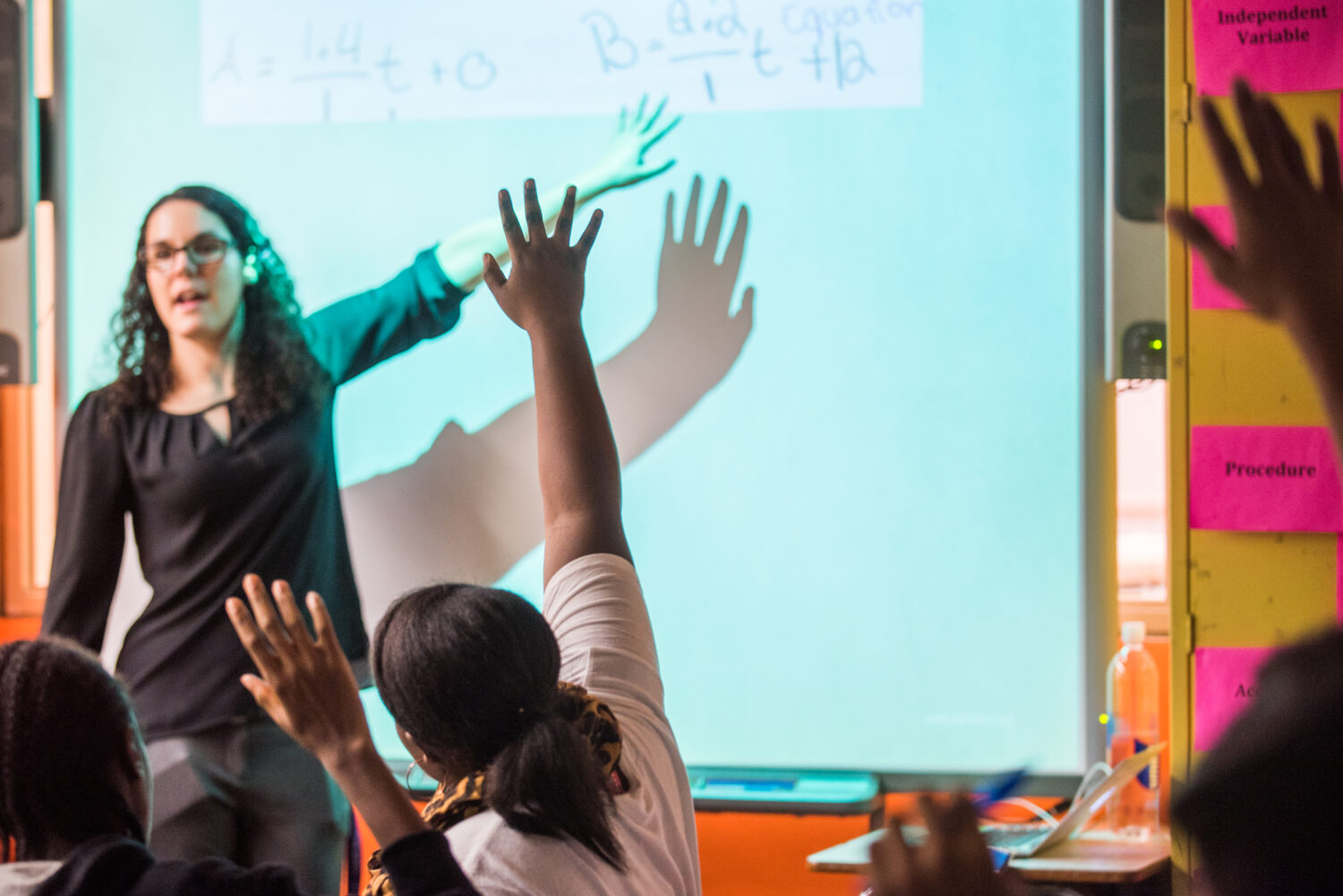What does it take to help all students achieve their goals of success in high school and beyond? That is the core question behind a recent report –“Post-Secondary Success for All: Learnings from an analysis of five school districts” – jointly authored by EY-Parthenon and Springpoint, and funded by the Barr Foundation. The report identifies common pain points that are contributing to inequitable post-secondary outcomes. It features examples from participating districts of effective strategies for addressing challenges and helping students succeed. And the report demonstrates how important it is to collect and carefully consider data about students’ experiences both in high school and beyond.
The report highlights the critical combination of quantitative and qualitiative data on students experiences in and beyond high school from five school districts that represent a cross section of New England – Hartford Public Schools (CT), Malden Public Schools (MA), Manchester School District (NH), Portland Public Schools (ME), and Worcester Public Schools (MA). EY-Parthenon analyzed data on students who graduated in 2016 to understand their experiences in high school and in post-secondary settings. Springpoint visited a representative sample of high schools in each district to gather qualitative data using a rubric rooted in research-based school design principles and national best practices.
Although these findings date from before the pandemic, we know that the underlying challenges have only been exacerbated over the last year, and the urgency to reimagine our high schools has only grown.
One of the report’s key findings is that the 9th grade year is absolutely critical. Of the students who reach the end of 9th grade with all the credits they need to be on track for graduation, almost three quarters successfully enroll and persist in post-secondary options. Ensuring all students successfully finish 9th grade, not by lowering expectations but by providing targeted supports, is enormously important. Prior to 9th grade, researchers also found early warning indicators in middle school – attendance, suspensions, and test performance – that are highly correlated with future success, and that suggest key moments to help students regain and sustain momentum.
And we know that more can be done to support students to be prepared for post-secondary success even if they come into high school with these middle school early warning signs. Another key research finding is that students – even those within the same district or school – have inconsistent access to academically rigorous and relevant learning experiences. While observing classrooms, Springpoint asked students what connections they saw between their learning and the real world. Many students shared that they didn’t see a connection at all. The team found that rigor and relevance was most evident in advanced coursework options such as Advancement Placement and dual enrollment courses and that participation in these courses increases the likelihood of post-secondary success. However, there was inconsistent participation in advanced coursework based on student profile – for example, Black and Latinx students were up to 60% less likely to be participating in those courses.
The report echoes an important finding that we at Barr and others have also raised: Looking at data through the lenses of race, economic status, special needs, or English proficiency reveals significant gaps in who is able to graduate high school and enroll and persist in any form of higher education.
The report also lifts up examples of effective ways to address the root causes of these inequities. Malden and Hartford are establishing freshman-focused academies and other initiatives that tailor supports to student needs and put them on a path to success. Portland has coupled a “district post-secondary plan,” which outlines post-secondary preparation plans for students in each high school grade level with significant work to enhance post-secondary supports, such as more family engagement around the college application process. Worcester is developing a “portrait of a graduate” to establish a vision for what it means to prepare all students for post-secondary success rather than just focusing on high school graduation. Importantly, all of the districts are working towards meaningful changes in the quality of curriculum and instruction as a key driver of more equitable post-secondary outcomes.
We need to recognize the more fundamental insight from this analysis – we wouldn’t know any of this if we didn’t look at student data consistently, from a range of sources, and across the long-term. It is our job to know how our students are doing both while they are in high school and after they leave. Understanding that and how we contribute to those results is an essential responsibility in our work, and a critical piece for informing how we need to remake the high school experience.
High schools need to change, and high schools can change. The pandemic created new challenges, but it also cast in sharp relief the gaps and challenges that have been there all along. We must not return to the way things were – including letting ourselves think it’s ever too late to invest in students. The high school years are critical years that can alter the trajectory of their lives. We need to reimagine high schools to connect all students to success.




